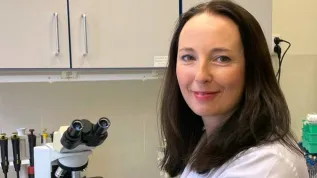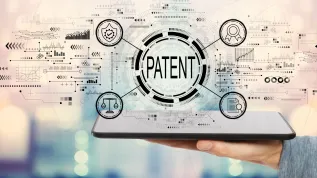
Miko+ jewellery combines aesthetic functions with wrist support. The designs of graduates of the Poznań School of Form, created for their diploma project, won the main prize at the Global Grad Show in Dubai.
Ewa Dulcet and Martyna Świerczyńska, graduates of the School of Form at SWPS University, won the Progress Prize at the Global Grad Show in Dubai. Their work was recognised among as many as 200 projects submitted by universities from 43 countries. The value of the prize awarded for the first time in the history of the Global Grad Show is 10,000 dollars.
The designers have developed 6 pieces of jewellery. "Each of these objects works in a slightly different way, but they all support the wrist and muscles" - explains Martyna Świerczyńska. Ewa Dulcet says: "We've combined the aesthetic function of jewellery with physiotherapeutic functions".
Ewa Dulcet says that she became interested in the subject when she began to suffer from pain in her wrists. It turned out that it was a common ailment caused by spending a lot of time in front of a computer and using a computer mouse. Physiotherapy and wearing an orthosis can help in such conditions. "But women - who have become the target group - are very often ashamed to wear orthoses that are a sign of disability" - says Ewa Dulcet. She explains that while Miko+ jewellery does not replace physiotherapy or orthoses, it supports the wrist and reminds the wearer to exercise.
Martyna Świerczyńska explains how one of the designs works - a bracelet with a hemispherical eyelet. "When working on a computer, many user have the problem with a prolonged incorrect position of the hand. This semi-round object forces the muscles to work more evenly" - she says. She demonstrates that during work the wrist rests on the inverted dome that makes the wrist move.
Other objects - including a ring - have movable round surfaces that can be used for massage. "Women have a tendency to play with their jewellery. We decided to use that. It helps with massaging, makes the massage deeper" - notes Świerczyńska.
Miko+ jewelry was designed in cooperation with a physiotherapist. It is made with traditional goldsmith techniques.
Author: Ludwika Tomala (PAP)
lt/ ekr/ kap/
tr. RL













